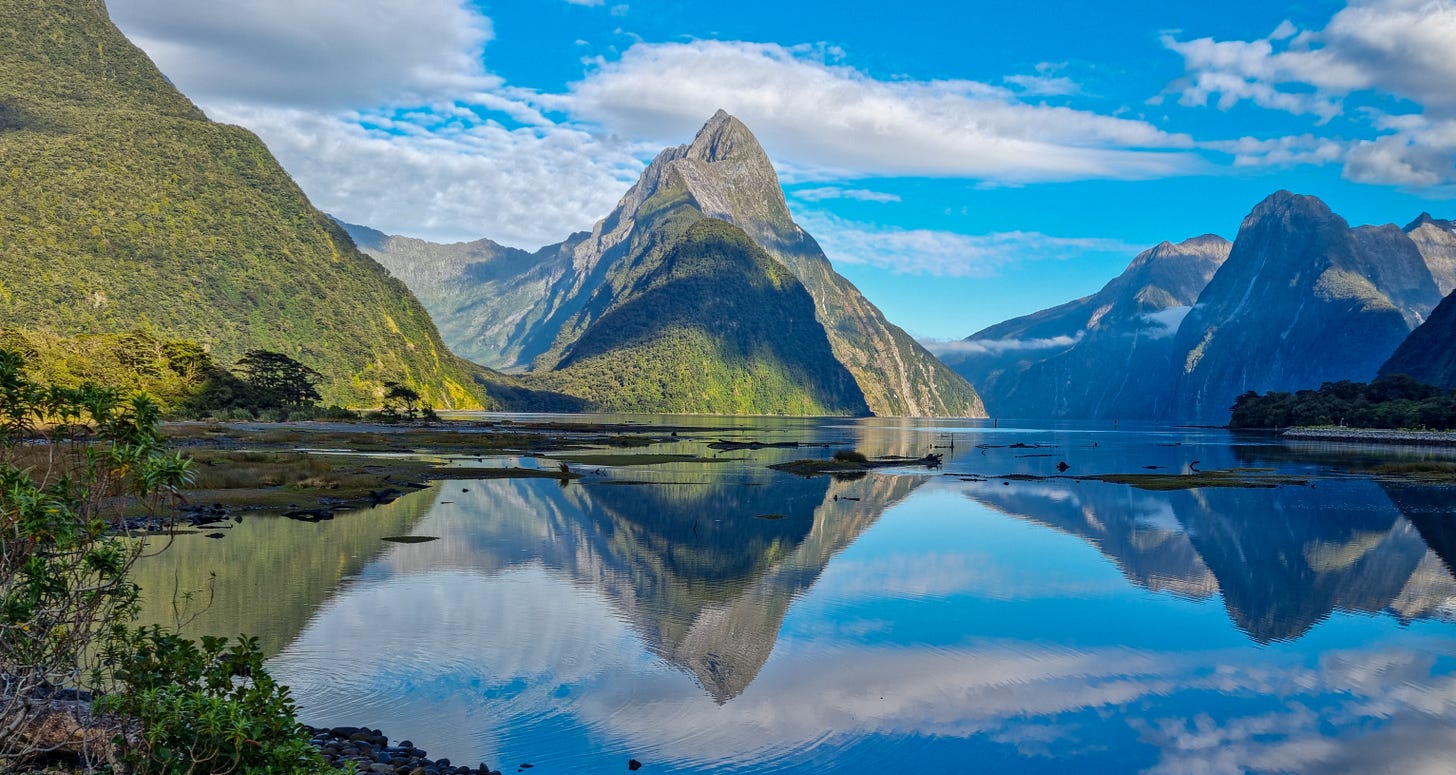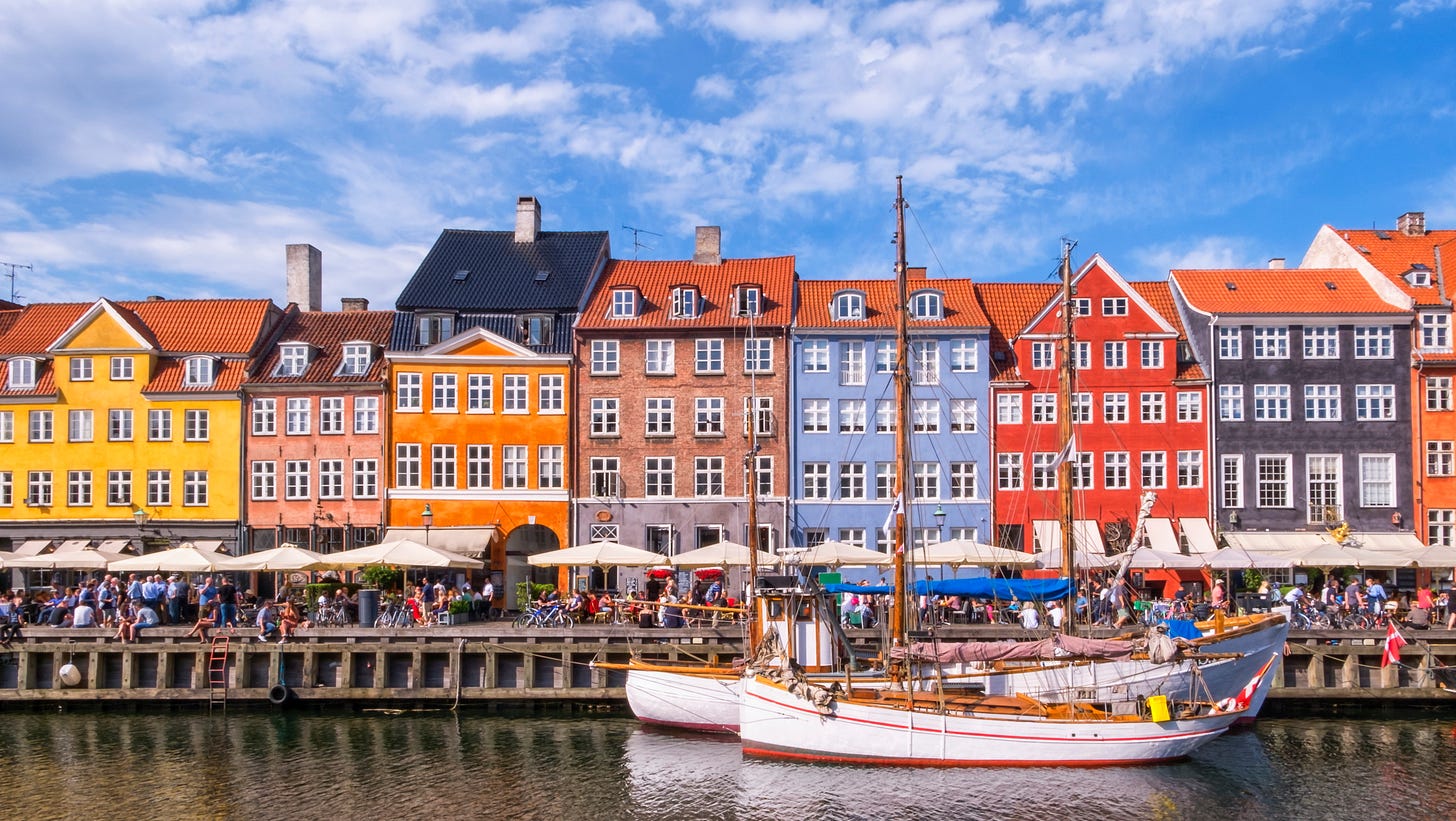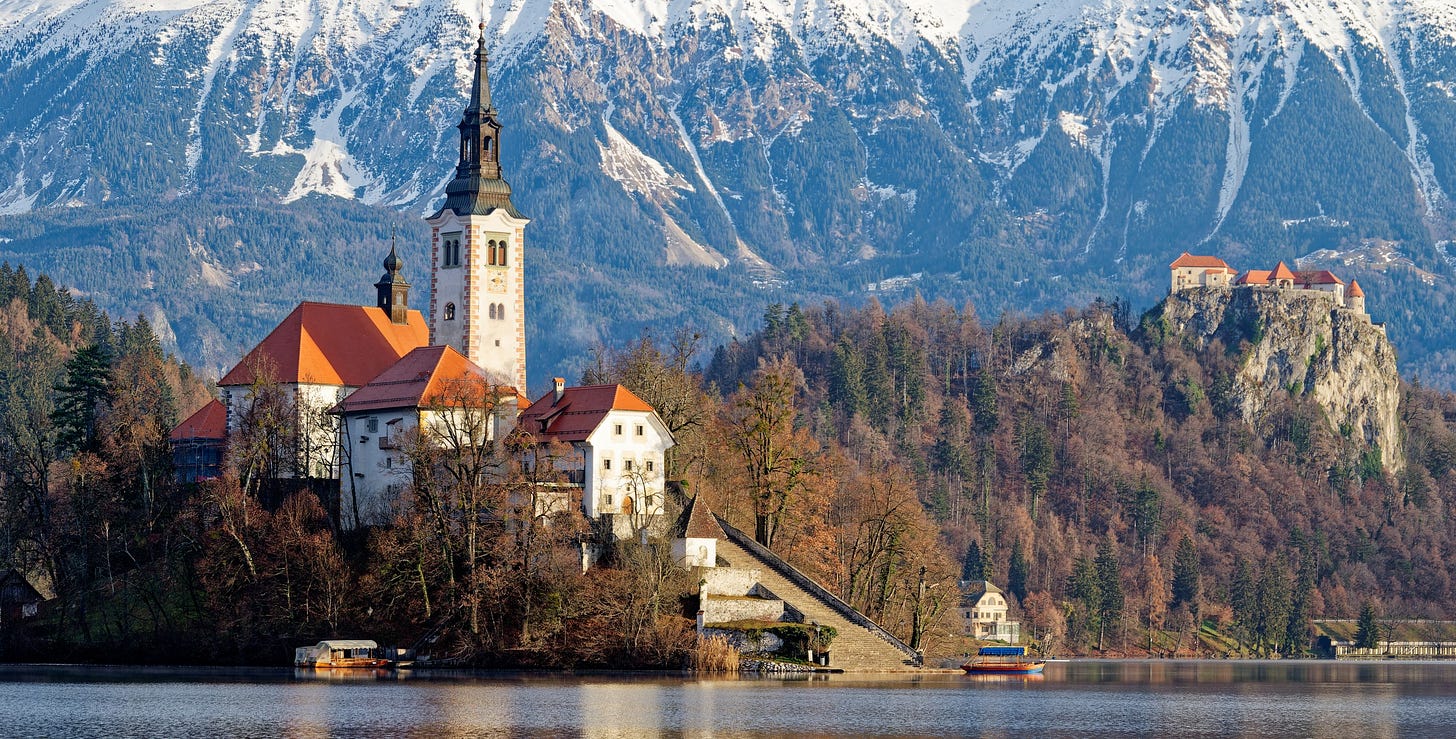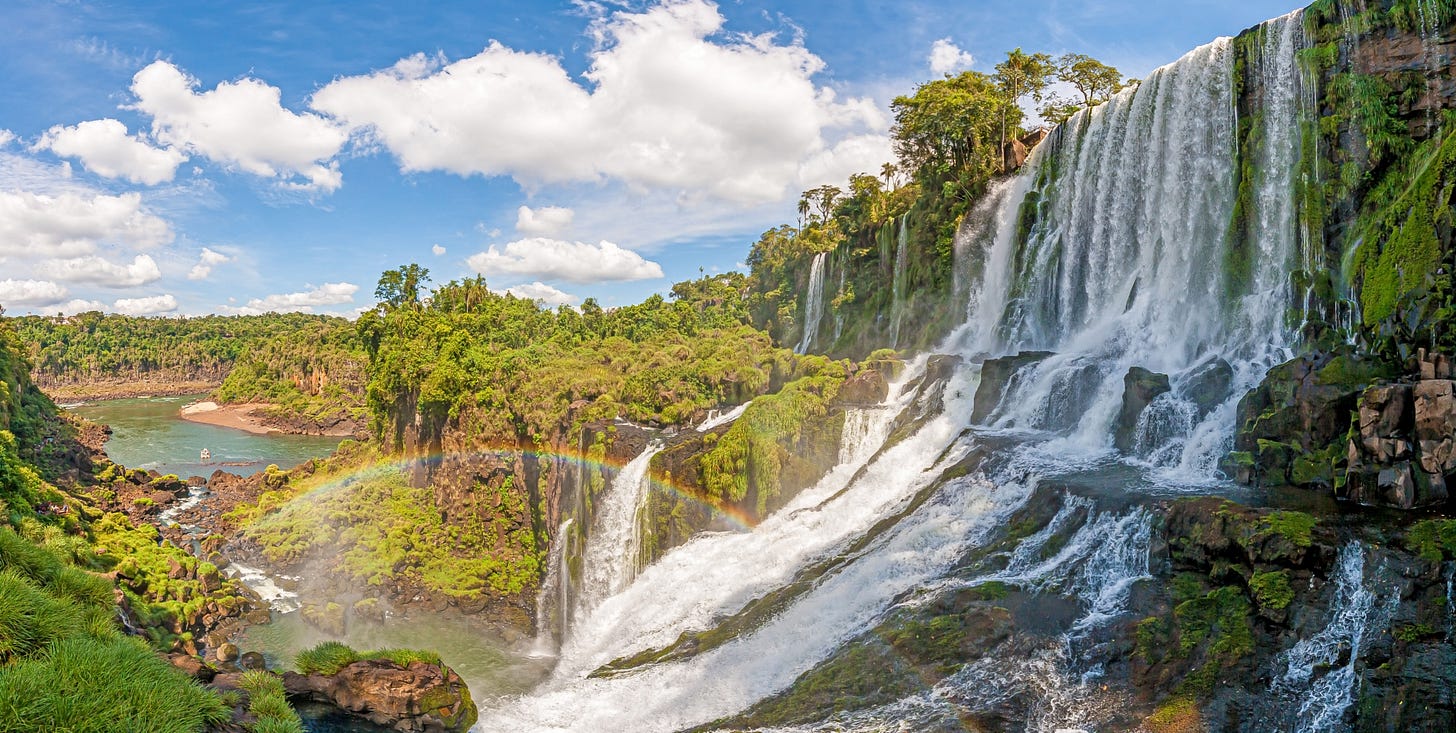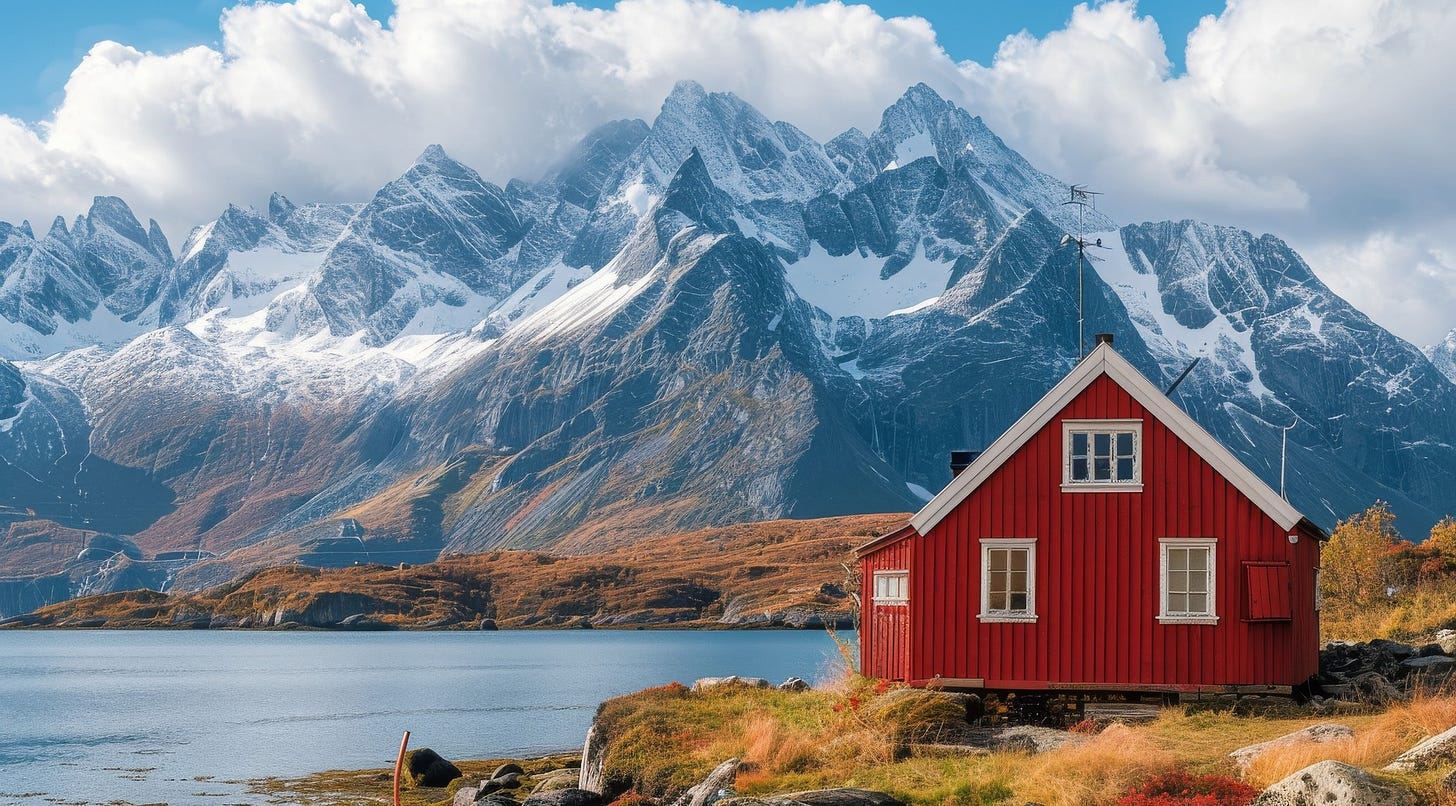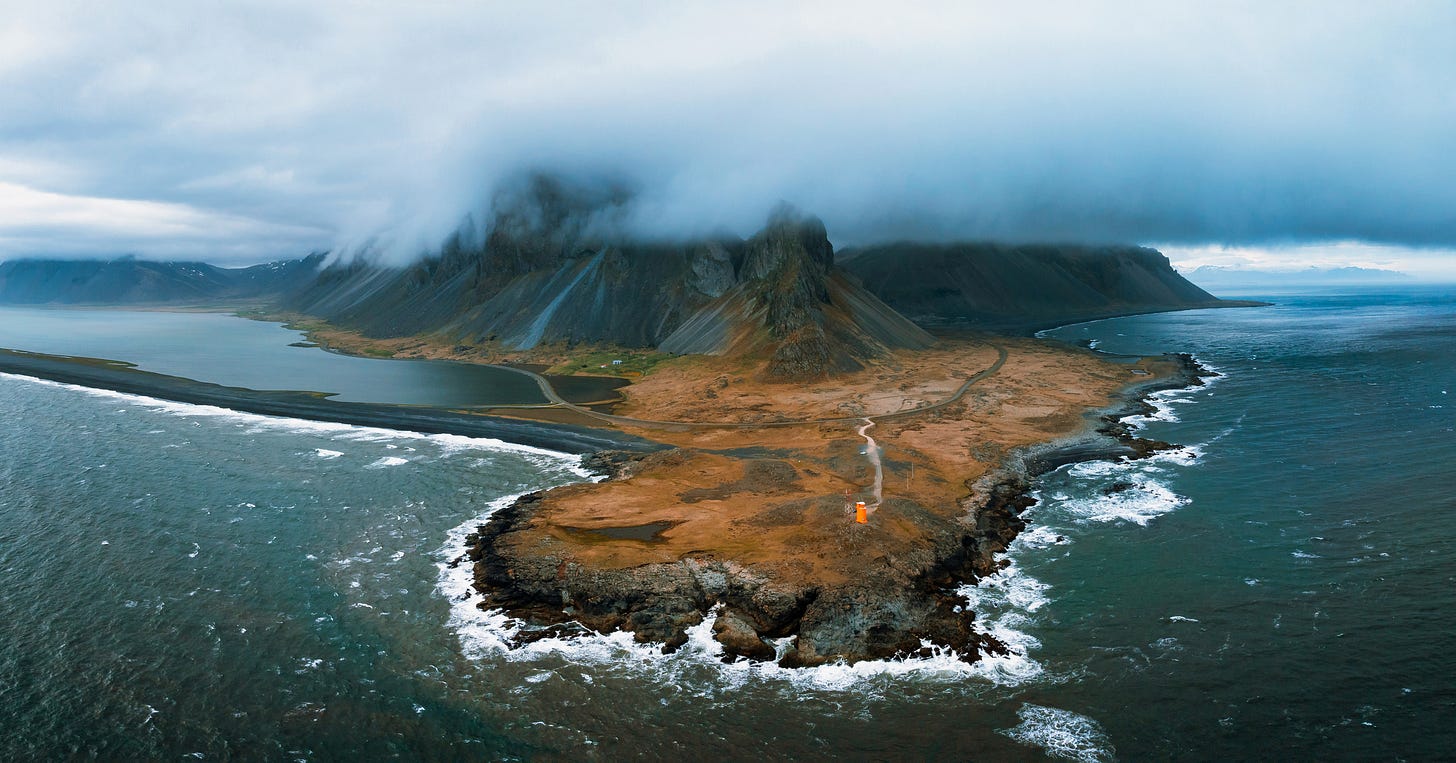The 10 Most Decarbonized Countries In the World
Some Places Are Closer to Net-Zero Than Others
Which are the cleanest countries in the world when it comes to climate change? And what can we learn from their success?
This list ranks each nation by percentage of total energy consumption that comes from low-carbon sources. Low carbon sources are defined as solar, wind, hydro, geothermal, nuclear and bioenergy. This method gives a better picture of decarbonization than carbon emissions per capita, which in many cases is just a measure of energy poverty.
Excluded on this list are non-energy emissions (mostly agriculture, cement and land use). Since energy represents about 75% of global carbon emissions, it correlates rather well to how each country is progressing in the fight against climate change
But in a stricter sense, it is a ranking of how far each nation is along in completing the energy transition from fossil fuels to low-carbon sources. A 100% score would indicate the transition is fully complete.
Let’s see who’s on top!
10. New Zealand 🇳🇿 - 42.3%
Unlike its antipodean cousin across the Tasman, New Zealand has one of the cleanest energy systems in the world.
Its electricity sector is one of the world’s least carbon intensive. Hydropower makes up more than 50% of electricity generation, with geothermal adding an additional 20% and the growing wind sector adding another 10%.
However, New Zealand burns significant amounts of domestically produced fossil gas for heating. And the SUV-mad nation also burns copious amounts of oil. Electric Vehicles (EVs) represented only 11% of new car sales in 2024, below Australia and far behind Europe and China.
9. Denmark 🇩🇰 - 42.7%
Denmark ranks 9th on this list, but it nevertheless may have the single most impressive decarbonization story. Most low-carbon countries benefit from quirks of geography (massive hydro and geothermal resources) or they adopted existing technologies for non-environmental, geopolitical reasons (nuclear in France).
Denmark - by contrast - had to invent the modern wind energy industry in order to achieve the levels of decarbonization it currently enjoys. The Arab oil embargo, an intelligently designed subsidy, and the anti-nuclear backlash following Chernobyl all conspired to give Denmark the first modern wind energy industry in the 1980s. Many Danish wind energy companies like Orsted and Vestas remain international leaders in their fields.
Wind now makes up an astonishing 58% of the nation’s electricity generation, and 26% of its overall energy consumption. Biomass - including imported wood pellets - makes up a significant but ecologically questionable 18% of the electricity mix. Solar is also beginning to take hold, rising to 11% last year. District heating predominantes, and geothermal is increasingly used.
The once-dominant coal is nearly dead, with Denmark’s last coal plant expected to close in 2028. Danes still burn enormous amounts of oil for light transport. But consumption should fall over time as EVs represent 17% of the vehicle fleet and over 50% of new sales.
8. Slovenia 🇸🇮 - 43.8%
Nestled between the Alps and the Adriatic, the lovely nation of Slovenia is blessed with excellent hydro resource and a nuclear plant inherited from its predecessor state Yugoslavia.
The nuclear plant is located on Slovenian territory, but by treaty its output is shared with neighboring Croatia. Nevertheless it represented 34% of Slovenia’s electricity generation in 2024, with hydro making up another 31%. Solar has been booming in recent years, and is now at 9%.
7. Brazil 🇧🇷 - 51.3%
Brazil is by far the largest country that gets more than 50% of its energy from low-carbon sources. The nation of 211 million people relies heavily on hydropower, which represented 56% of electricity generation in 2024 and 29% of total energy consumption.
But it has also started to exploit its enormous wind and solar potential. Solar accounted for 10% of electricity generation in 2024 and wind 14.5%. Given the country’s high insolation, solar in particular is likely just getting started.
Unusually, Brazil’s light vehicle fleet is also capable of running on biofuels in a high-percentage blend with petrol (gasoline), which cuts oil consumption. EVs have been slow to take off, however, with a 6% market share in 2024 trailing even laggards like the United States.
6. France 🇫🇷 - 52%
In the 1970s the Arab oil embargo forced many Western countries to search for alternatives to fossil fuels. Most returned to burning oil and gas once the taps were flowing again. But France stayed the course with nuclear.
57 nuclear fission reactors across 18 plants produced 68% of France’s electricity in 2024 and 35% of total energy consumption. Combined with renewables, France’s electricity is already 94% low-carbon - which opens up enormous opportunities to electrify transport and heating.
EVs make up 24% of new car sales. While heat pump penetration is still low, fossil gas-powered boilers (furnaces) have been banned in new home construction.
5. Switzerland 🇨🇭 - 56.8%
Switzerland’s electricity sector is almost entirely decarbonized, with 57% of generation coming from nuclear and 35% from hydro. Most of the remainder is solar.
There is some fossil gas used in industry. But the vast majority of the remaining fossil fuel in Switzerland’s energy mix is oil used for road transport and heating.
Electric vehicles represented 28% of auto sales last year, a respectable but not overly impressive figure in a nation that needs to cut oil use significantly. Heat pump adoption is low at 21%, but use is growing and most new construction uses the more efficient technology.
4. Finland 🇫🇮 - 61.6%
The most decarbonized energy systems in the world reside in the Nordic Countries. This circumstance is partly a result of geography (high hydro and wind resources per capita). But it is also due to efficient political systems which implemented sensible climate policy much earlier than other places.
Finland exemplifies the mixed approach typical of the Nordics. The largest single contributor to Finland’s energy mix is nuclear, which in 2024 made up 39% of its electricity generation and 26% of its total energy consumption. But it also gets significant contributions from hydro (17%, 12%), wind (24%, 12%), and geothermal.
3. Norway 🇳🇴 - 72.1%
As one of the world’s largest oil exporters, Norway’s emissions including exports are quite high. The Nordic nation’s domestic energy system, however, is one of the world’s most decarbonized.
A massive 88% of Norway’s electricity is hydroelectric, and even more hydro is exported to other places in Europe. A burgeoning wind industry makes up most of the rest. And Norway has the highest heat pump penetration in the world at over 60%.
But Norway’s most exceptional characteristic is it’s high penetration of electric vehicles. EVs accounted for 92% of new vehicle sales in 2024 and already make up over 1/3 of all light vehicles on the road, the highest percentage of any country in the world.
Norway was an EV pioneer, putting in place huge subsidies for the technology in the early 2000s before mainstream electric vehicles even existed. With a nearly fully decarbonized electricity sector and such a massive head start on electrifying transport and heating, Norway may have the clearest path to 100% clean energy of any nation.
Not bad for a petrostate.
2. Sweden 🇸🇪 - 74.1%
Sweden’s energy mix has much in common with Norway’s, but adds a significant nuclear reactor fleet built mostly in the 1970s and 1980s.
The largest contribution comes from hydro, which in 2024 represented 38% of electricity generation and 29% of total energy consumption. Sweden’s nuclear program made up 29% and 20%, respectively. And wind 24% and 15%.
With electricity fully debarbonized, Sweden has turned to other sectors for emissions gains. Over 40% of households now use a heat pump. And 58% of new cars sold last year were EVs, the second highest in the world behind neighboring Norway.
1. Iceland 🇮🇸 - 83%
Iceland has the most decarbonized energy system in the world due to its unusual concentration of both hydropower and geothermal.
70% of Iceland’s electricity generation comes from hydro, with the remaining 30% almost entirely geothermal. 90% of residential homes are also heated using geothermal, making heat pumps of niche interest. The remaining emissions are mostly gasoline powered light vehicles, airplane emissions, the diesel-powered fishing fleet and small amounts of coal used in industry.
Electric vehicles are increasingly popular. EVs already represent 18% of the light vehicle fleet, second only to Norway.
Iceland’s success isn’t replicable because no other country combines vast amounts of hydro resource, easily accessible geothermal and a tiny population. But it nonetheless offers an interesting window into a future where the hard-to-abate is all that remains.




